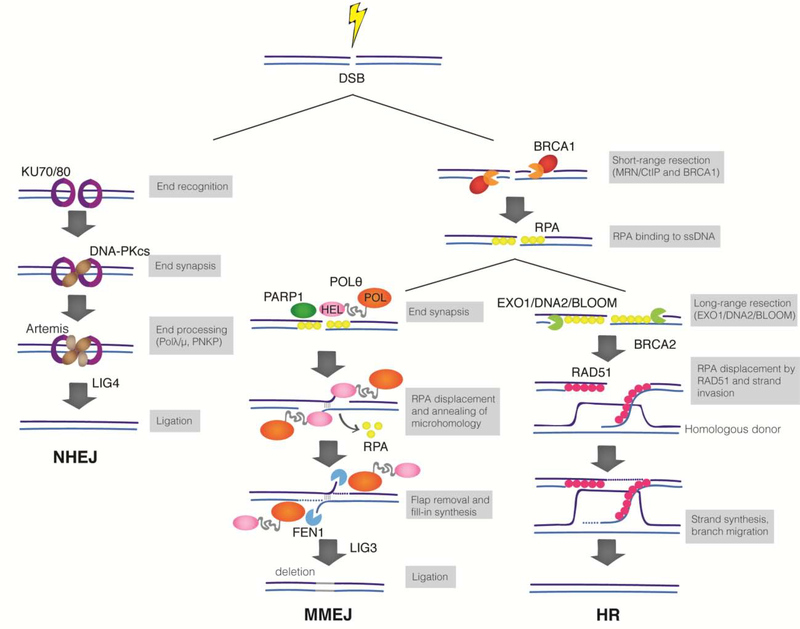Figure 1. Major DSB repair pathways in mammalian cells.
DSBs in G1 are primarily repaired by NHEJ. The Ku heterodimer recognizes broken DNA and recruits DNA-PKcs to orchestrate end-joining by Lig4. During NHEJ, minimal processing of DNA ends leads to repair with minimal alteration to the original sequence. DSBs in S/G2 phases of the cell cycle are subjected to end-resection by MRN/CtIP, leading to short ssDNA that is rapidly coated by RPA. Resected DSBs are substrates for MMEJ and HR, and the choice between these pathways is poorly understood. Polθ-helicase displaces RPA to promotes the synapsis of the opposing ends. If annealing occurs using internal microhomology, flaps are generated and are processed by FEN1. Polθ fills-in the gapped DNA and hands over the substrate to Lig3 to seal the end. When resected DNA is subject to long end-resection by EXO1/DNA2 and BLM, RPA1 is exchanged for Rad51 to promote strand invasion and copying from the sister chromatid.

